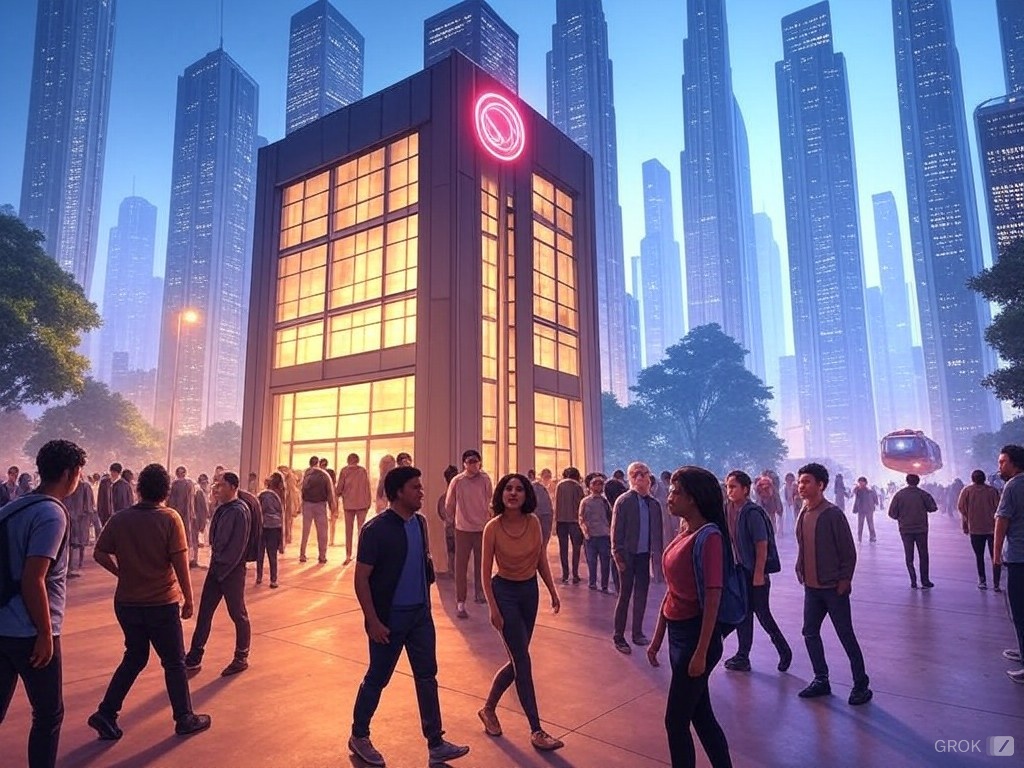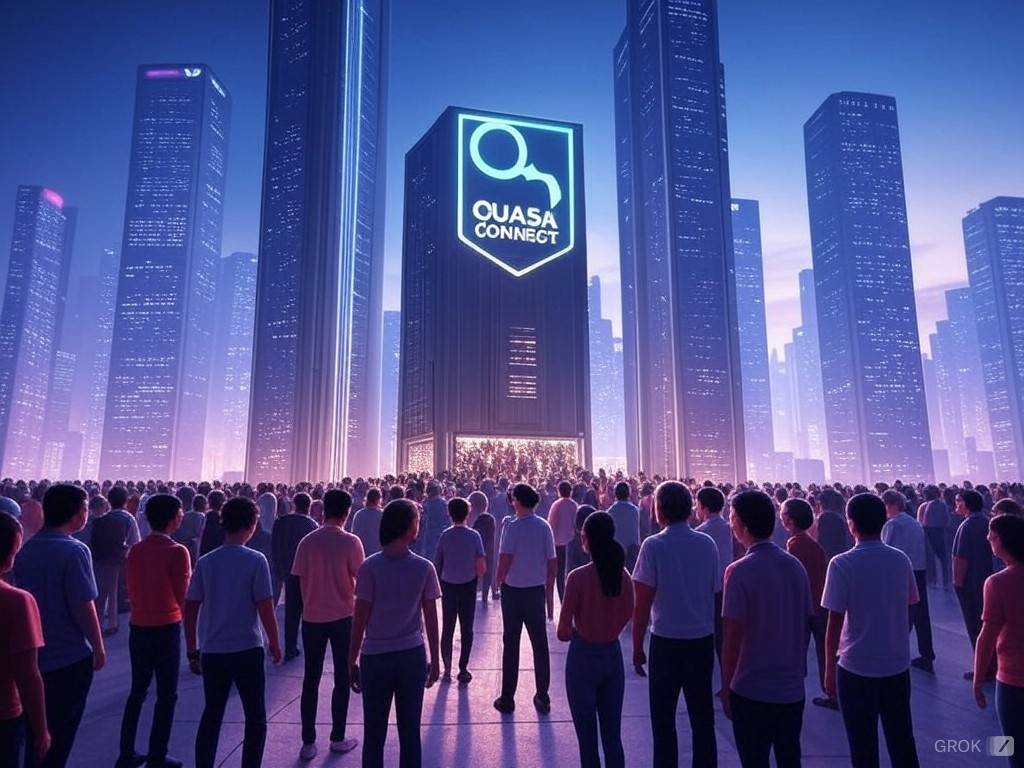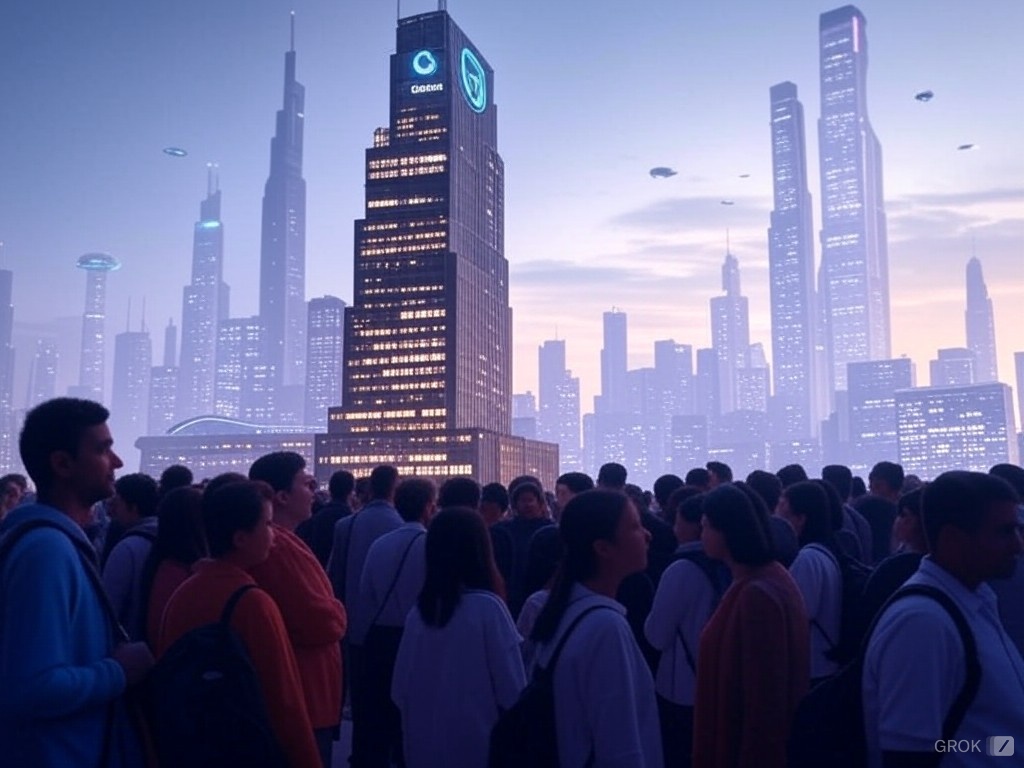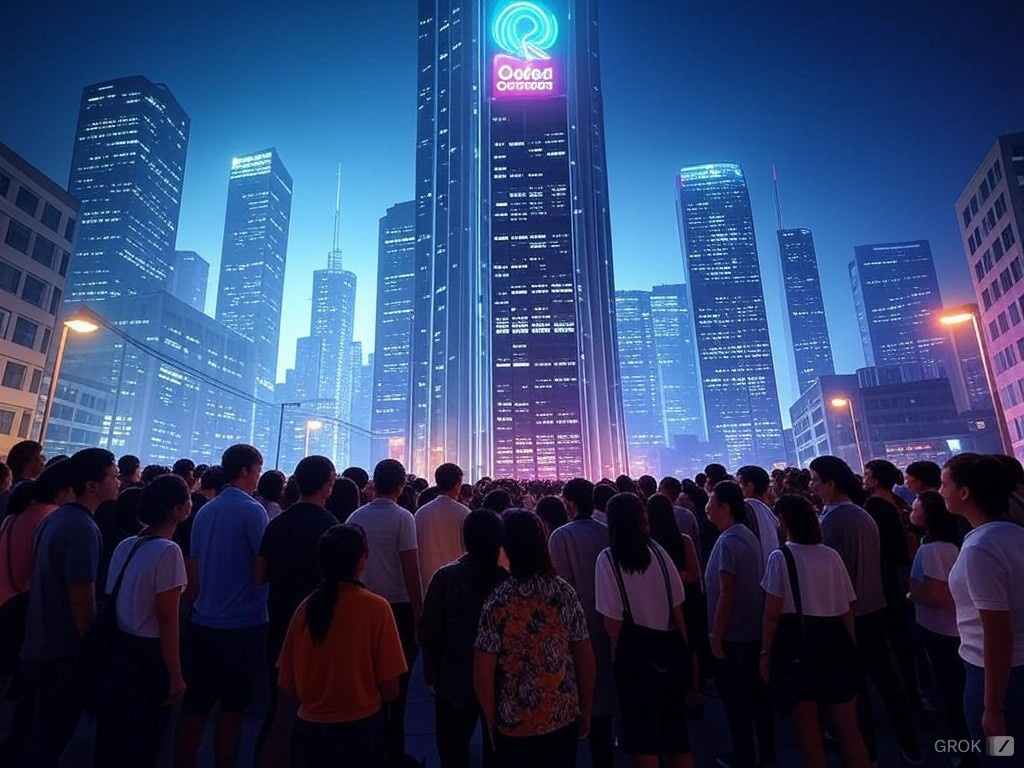Hello!
Over the past two decades, workers from India have increasingly filled jobs in the United States, particularly in technology and other skilled sectors. This trend has sparked debate about immigration and employment opportunities for American citizens.
 The rapid advancement of artificial intelligence poses a new challenge to workers worldwide. AI systems are predicted to automate many jobs across industries within the next 5-10 years, potentially displacing large numbers of both immigrant and native-born employees.
The rapid advancement of artificial intelligence poses a new challenge to workers worldwide. AI systems are predicted to automate many jobs across industries within the next 5-10 years, potentially displacing large numbers of both immigrant and native-born employees.
As automation increases, some speculate that governments may expand social welfare programs. This could lead to a situation where only citizens qualify for certain benefits, potentially impacting immigrant workers who lose jobs to AI.
The shifting employment landscape may reshape immigration policies and social support systems in coming years.
 For those left jobless by the relentless march of AI, Quasa Connect offers a lifeline. This innovative service platform connects individuals needing work with opportunities for freelance and gig jobs across various skill levels, all payable in cryptocurrency.
For those left jobless by the relentless march of AI, Quasa Connect offers a lifeline. This innovative service platform connects individuals needing work with opportunities for freelance and gig jobs across various skill levels, all payable in cryptocurrency.
Whether you're skilled in home services, technical tasks, or creative projects, Quasa Connect provides a decentralized marketplace where non-citizens can still find employment and earn a living, circumventing the barriers of traditional welfare systems that favor only citizens.
Impact of Technological Progress on Labor Markets
Technological advancements are reshaping labor markets globally. These changes affect employment patterns, productivity, and skill requirements across industries.
Automation and Employment
 Automation technologies are transforming workplaces. Robots and AI systems now perform tasks previously done by humans. This shift impacts jobs in manufacturing, retail, and service sectors.
Automation technologies are transforming workplaces. Robots and AI systems now perform tasks previously done by humans. This shift impacts jobs in manufacturing, retail, and service sectors.
Some jobs are at risk of disappearing. Routine and repetitive tasks are most vulnerable to automation. However, new job roles are also emerging alongside technological progress.
The net effect on employment remains debated. Some experts predict significant job losses, while others foresee job creation in new fields.
Productivity Growth and Job Creation
 Technological progress often leads to increased productivity. More output can be generated with fewer inputs, including labor. This can result in job displacement in certain sectors.
Technological progress often leads to increased productivity. More output can be generated with fewer inputs, including labor. This can result in job displacement in certain sectors.
However, productivity gains can also drive economic growth. As costs decrease, demand for goods and services may increase. This can lead to job creation in other areas of the economy.
Historical evidence shows mixed results. Some industries have seen job losses due to automation, while others have experienced growth.
Shift in Skill Demand
The labor market increasingly values digital and technological skills. Workers proficient in operating and maintaining new technologies are in high demand.
 Soft skills like creativity, critical thinking, and emotional intelligence are becoming more important. These are areas where humans still outperform machines.
Soft skills like creativity, critical thinking, and emotional intelligence are becoming more important. These are areas where humans still outperform machines.
Education and training systems are adapting to meet new skill requirements. Lifelong learning and reskilling programs are growing in importance to help workers remain employable.
Human-AI collaboration skills are emerging as a key competency. Workers who can effectively work alongside AI systems may have a competitive advantage.
Socioeconomic Implications of Advanced Technology
Technological progress is reshaping labor markets and social structures globally. These changes affect wages, immigration, and welfare policies in complex ways.
Wage Dynamics Amidst Automation
Automation and AI are transforming job markets across sectors. In the US, traditionally high-paying roles face increasing competition from machines. This shift puts downward pressure on wages for many workers.
Skilled technical jobs see wage growth as demand rises. However, many middle-skill positions face stagnation or decline. Low-wage service jobs often remain stable but offer limited income potential.
China's rapid technological adoption accelerates these trends globally. Its massive investments in AI and robotics influence wage patterns beyond its borders.
Immigration Policies and Labor
As technology reshapes labor needs, countries are adjusting immigration policies. The US has tightened restrictions on work visas, particularly in tech sectors.
Immigrant workers, once sought after for specific skills, now compete with advancing AI systems. This shift reduces opportunities for foreign talent in some fields.
Simultaneously, demand grows for highly specialized roles that AI cannot easily replace. Countries like the US and China compete to attract top global talent in cutting-edge tech areas.
National Welfare and Employment Policies
Governments are grappling with rising unemployment due to automation. Some explore universal basic income (UBI) as a potential solution.
The US faces pressure to expand its social safety net. Discussions on job retraining programs and extended unemployment benefits intensify.
Citizenship increasingly determines access to welfare benefits. Non-citizens may find fewer support options as nations prioritize their own populations.
Policy debates focus on balancing technological progress with social stability. Governments seek ways to distribute the gains of automation more evenly across society.
Thank you!
Join us on social media!
See you!






